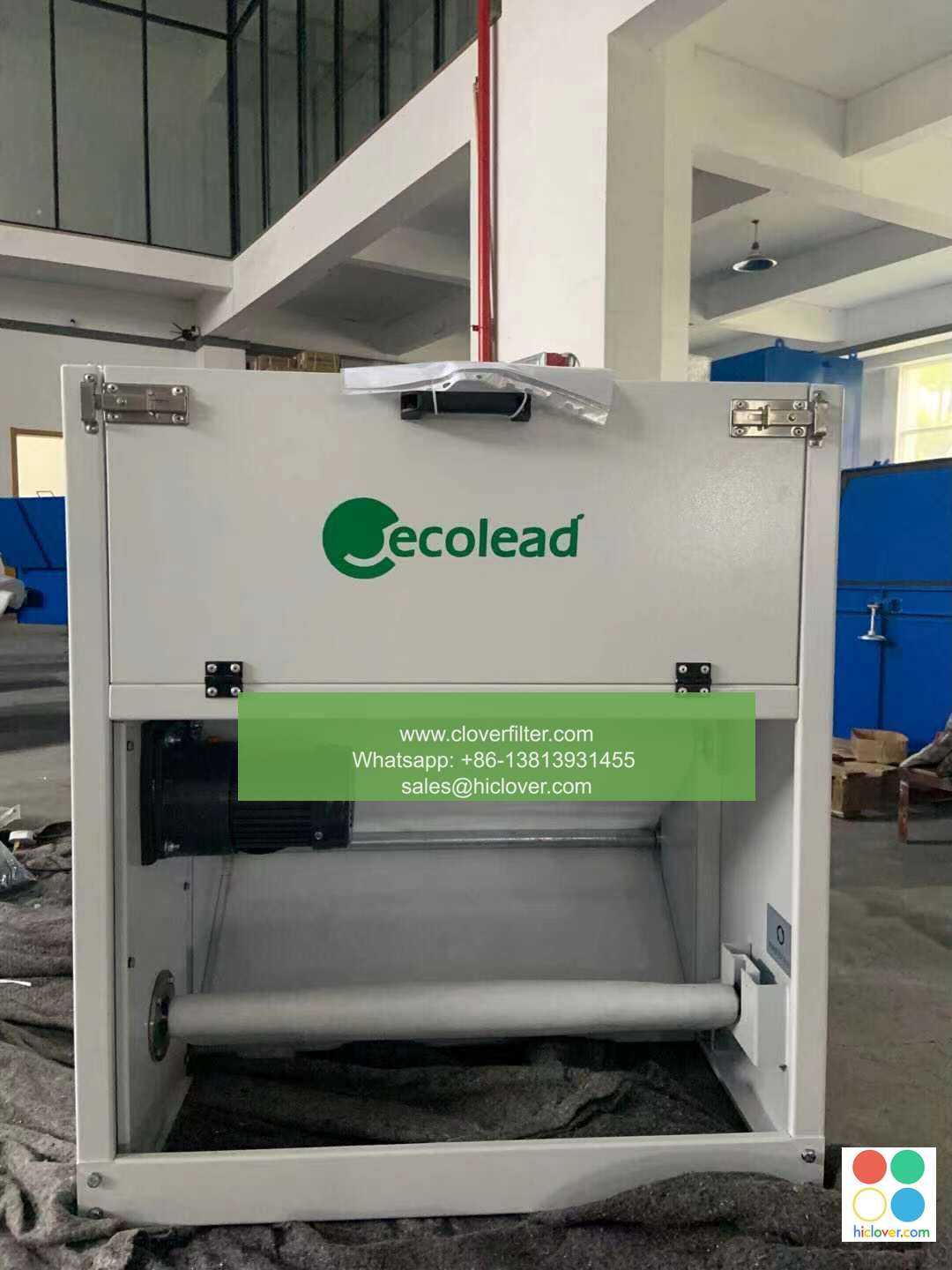The Benefits of UV-A and UV-B Air Filters

The Power of UV-A and UV-B Air Filters: Improving Indoor Air Quality and Health
Introduction
Air pollution is a growing concern worldwide, with the indoor air quality being particularly vulnerable to pollutants. One effective way to combat this issue is by using UV-A and UV-B air filters, which have numerous benefits for both human health and the environment. In this article, we will delve into the advantages of these filters and explore their applications in various settings.
What are UV-A and UV-B Air Filters?
UV-A and UV-B air filters use ultraviolet light to kill germs, bacteria, viruses, and other microorganisms that can contaminate the air. UV-A light has a longer wavelength than UV-B light, typically between 320-400 nanometers, while UV-B light has a shorter wavelength, typically between 290-320 nanometers. When air passes through these filters, the UV light destroys the DNA of these microorganisms, rendering them harmless.
Benefits of UV-A and UV-B Air Filters
The benefits of UV-A and UV-B air filters are numerous:
Improved Indoor Air Quality
By killing germs, bacteria, and viruses, UV-A and UV-B air filters significantly reduce air pollution, creating a healthier indoor environment. This is particularly important in settings where people are at higher risk of contamination, such as:
- Healthcare facilities: Reduce the risk of hospital-acquired infections by using UV-A and UV-B air filters in hospitals, clinics, and doctor’s offices.
- Schools: Maintain a healthy learning environment by removing germs and bacteria from the air in classrooms and school buildings.
Reduced Energy Consumption
Many air purifiers use HEPA (High Efficiency Particulate Air) filters, which can be expensive to replace and consume more energy than UV-A and UV-B air filters. UV-A and UV-B air filters, on the other hand, are energy-efficient and have a lower carbon footprint.
Longer Filter Life
UV-A and UV-B air filters are designed to last longer than traditional filters, reducing replacement costs and minimizing waste.
Applications of UV-A and UV-B Air Filters
UV-A and UV-B air filters can be used in various settings, including:
- Residential spaces: Improve indoor air quality in homes and apartments for healthier living.
- Commercial buildings: Enhance indoor air quality in offices, shopping malls, and other commercial spaces.
- Industrial settings: Reduce contamination risks in manufacturing facilities, warehouses, and other industrial environments.
- Transportation: Improve air quality on buses, trains, and planes by using UV-A and UV-B air filters in ventilation systems.
Conclusion
UV-A and UV-B air filters offer a powerful tool for improving indoor air quality and reducing energy consumption. With their ability to kill germs, bacteria, and viruses, these filters are an essential component in maintaining healthy environments in various settings. Whether in healthcare facilities, schools, residential spaces, or commercial buildings, UV-A and UV-B air filters are a valuable investment for human health and the environment.
It seems you’re ready to get started! I’d be happy to help you with a prompt. What would you like to talk about or explore? Do you have a specific topic in mind, or would you like me to suggest some ideas?

